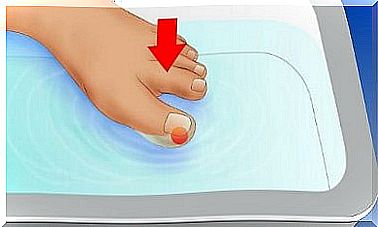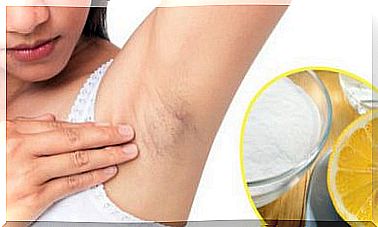Why Does Osteoarthritis Cause Knee Pain?
Osteoarthritis leads to inflammatory processes, which impair the mobility of the knees and can cause pain. Proper diagnosis and treatment, however, can delay the progression of the disease.
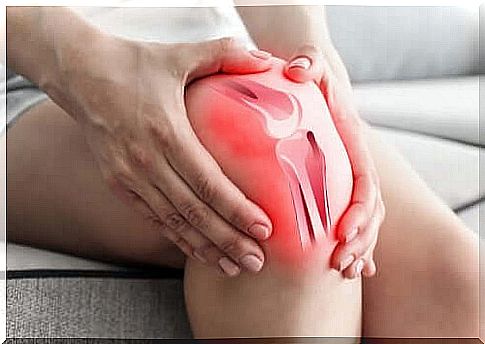
Osteoarthritis or arthrosis is a systemic, degenerative disease that results in joint changes with cartilage degradation. Any joint can be affected, including the knee joints. Today we are dealing with the topic of why exactly knee pain is caused by osteoarthritis.
While there are other diseases and injuries that can lead to knee pain, osteoarthritis is the most common cause of chronic pain in this joint. In this case, one also speaks of knee osteoarthritis.
Often the first symptoms appear in middle-aged or elderly people. This can seriously affect everyday life. However, there are various therapies and treatments that can relieve pain, even if there is no definitive cure for the problem.
What is osteoarthritis of the knee joint?
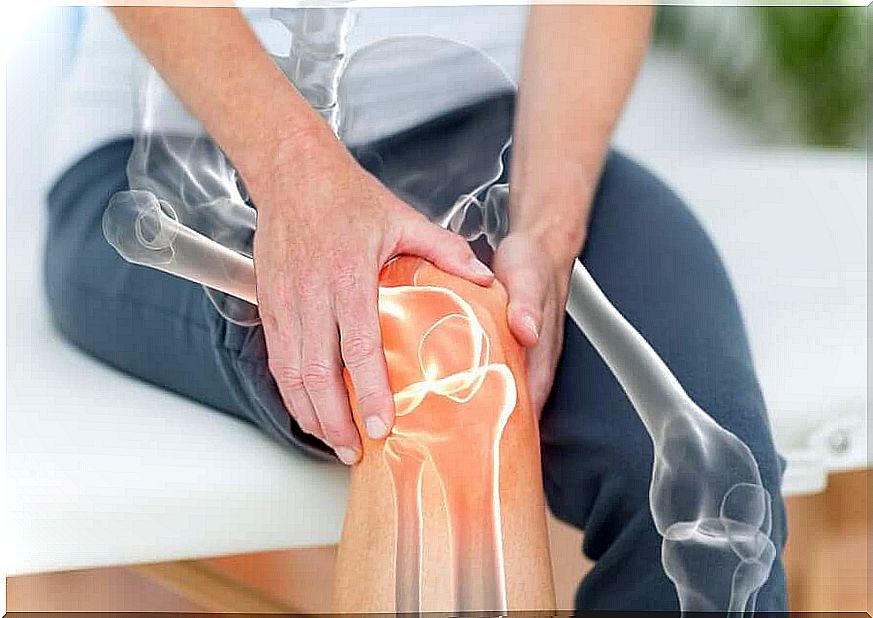
To understand why osteoarthritis causes knee pain, we will explain in more detail how this disease developed. Although any joint can be affected, the knees are particularly troubled when it comes to wear and tear on the cartilage that protects this complex joint.
Cartilage is made of soft, elastic tissue and covers the ends of the joints to allow smooth movement. However, when the cartilage tissue wears out, it comes to limited mobility. The knee joint can then no longer be bent properly.
In addition, inflammatory processes occur, causing chronic pain that gets worse over time. If treatment is not given to slow this process down, symptoms will get worse over time and can become serious.
Osteoarthritis of the Knee Joint: Different Stages
Knee osteoarthritis causes less or more pain in the knee joint, depending on the stage of development. When diagnosing this disease, one differentiates between three phases:
Grade I.
Symptoms only arise when there is great physical exertion. A simple x-ray does not yet show any changes or abnormalities in the joint.
Grade II
At this stage, imaging tests (such as x-rays) may show the first changes in the cartilage tissue. Symptoms are also present after long periods of standing or moderate physical activity. Unpleasant symptoms appear and then disappear several times a year.
Grade III
At this stage the cartilage has already worn off and the patient suffers from pain, even after simple activities. In addition, the joint is stiffer for the first 20 minutes after getting up, but symptoms then subside as the day progresses. In this phase, new sources of pain also arise in the joint, which limit the mobility of those affected.
Grade IV
At this stage the clinical picture can no longer worsen because the cartilage tissue is no longer available. Therefore, in this condition, usually only surgery is possible to prevent pain. The joint must be replaced because the bone is completely exposed and can also already show damage.
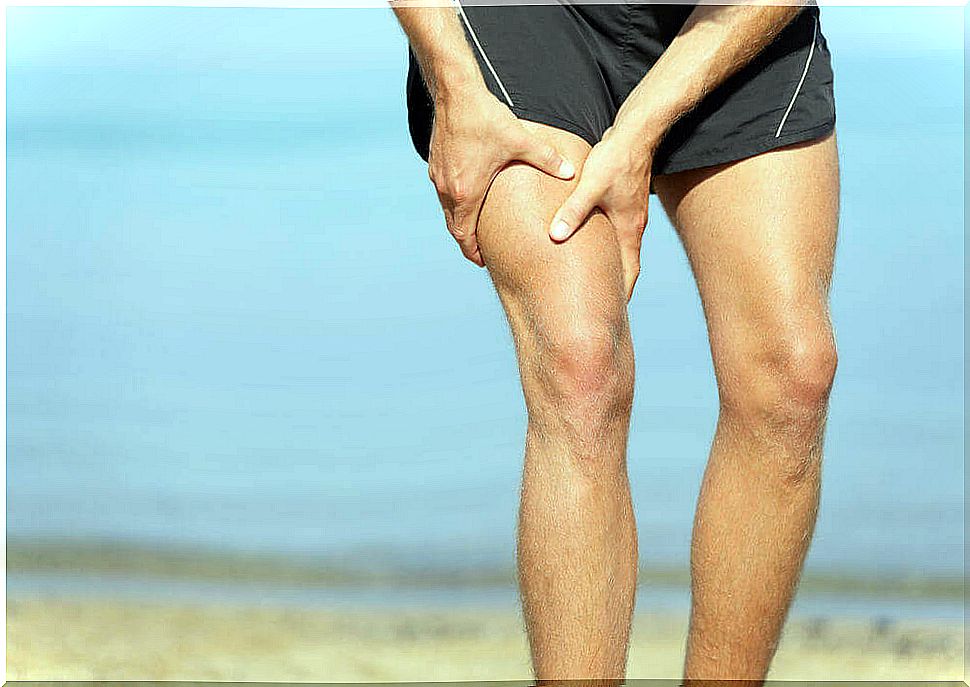
Symptoms of osetoarthritis of the knee joint
The symptoms of a patient with knee osteoarthritis can vary, particularly depending on the condition of the cartilage layer. In general , this disease is manifested by pain, inflammation, and functional limitations. This restricts the movement of the knee joint.
The inflammatory processes cause pain in the knee. In addition, excessive synovial fluid is created in the joint. Due to the restricted mobility, the quality of life is reduced at the same time.
We summarize the symptoms again briefly:
- The pain is more intense in the morning and decreases as the knee warms up.
- Stiffness after long periods without movement.
- Pain when bending the knees (for example when sitting for a long time).
- Intense pain that gets worse with movement.
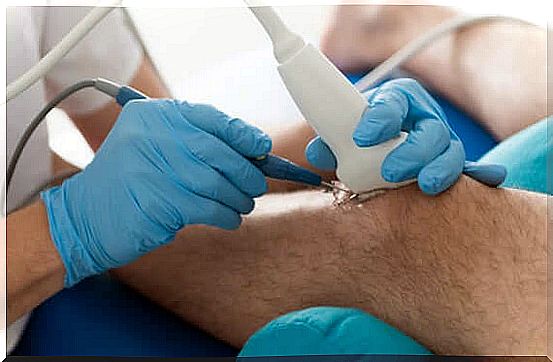
Why is proper diagnosis and treatment so important?
Osteoarthritis gets worse over time, so early diagnosis and appropriate treatment are very important to achieve better results. The diagnosis can be confirmed by x-rays.
You can see how big the cartilage damage is, whether the joint gaps between the bones are smaller, etc. After the diagnosis, the following measures may be considered:
- Changes in lifestyle (change in diet and corresponding physical activities)
- physical therapy
- In case of overweight or obesity: weight loss
- Pain reliever and anti-inflammatory drugs
- Surgery (arthroscopy or joint prosthesis in severe cases)
Osteoarthritis causes pain because it causes inflammation and wears down the cartilage that protects the bones. Since it is a progressive disease, treating it as soon as possible is very beneficial to maintain quality of life.



